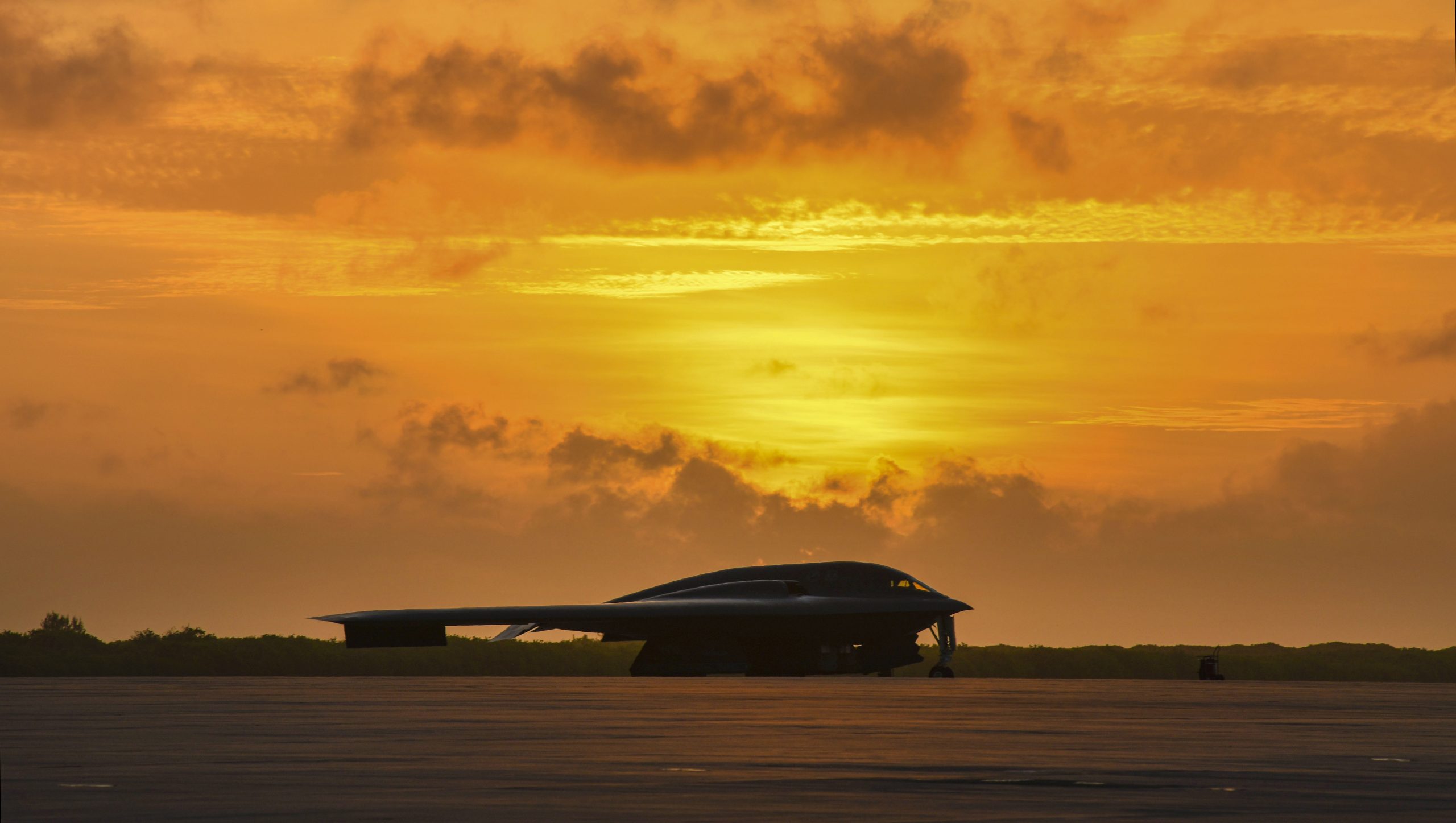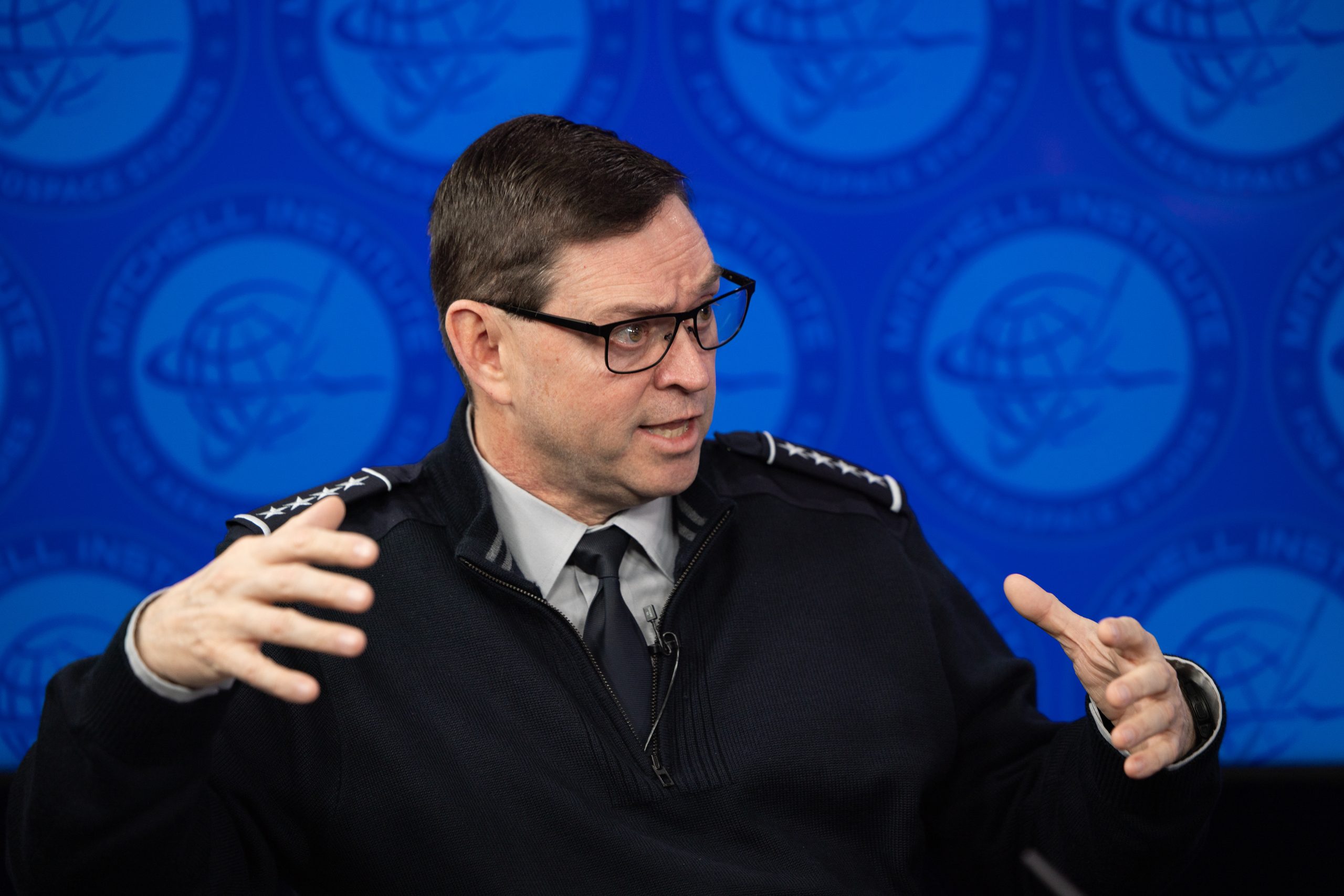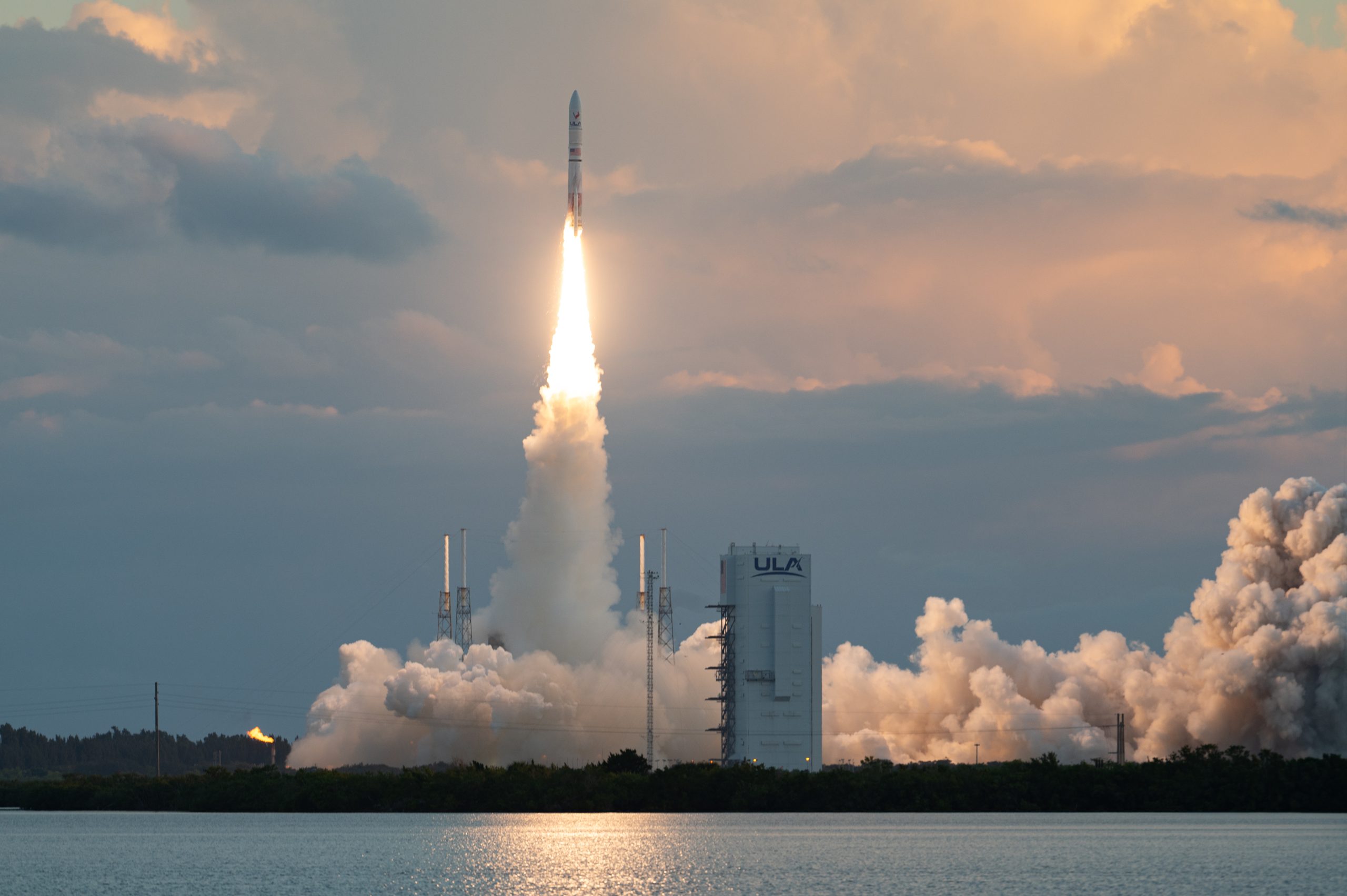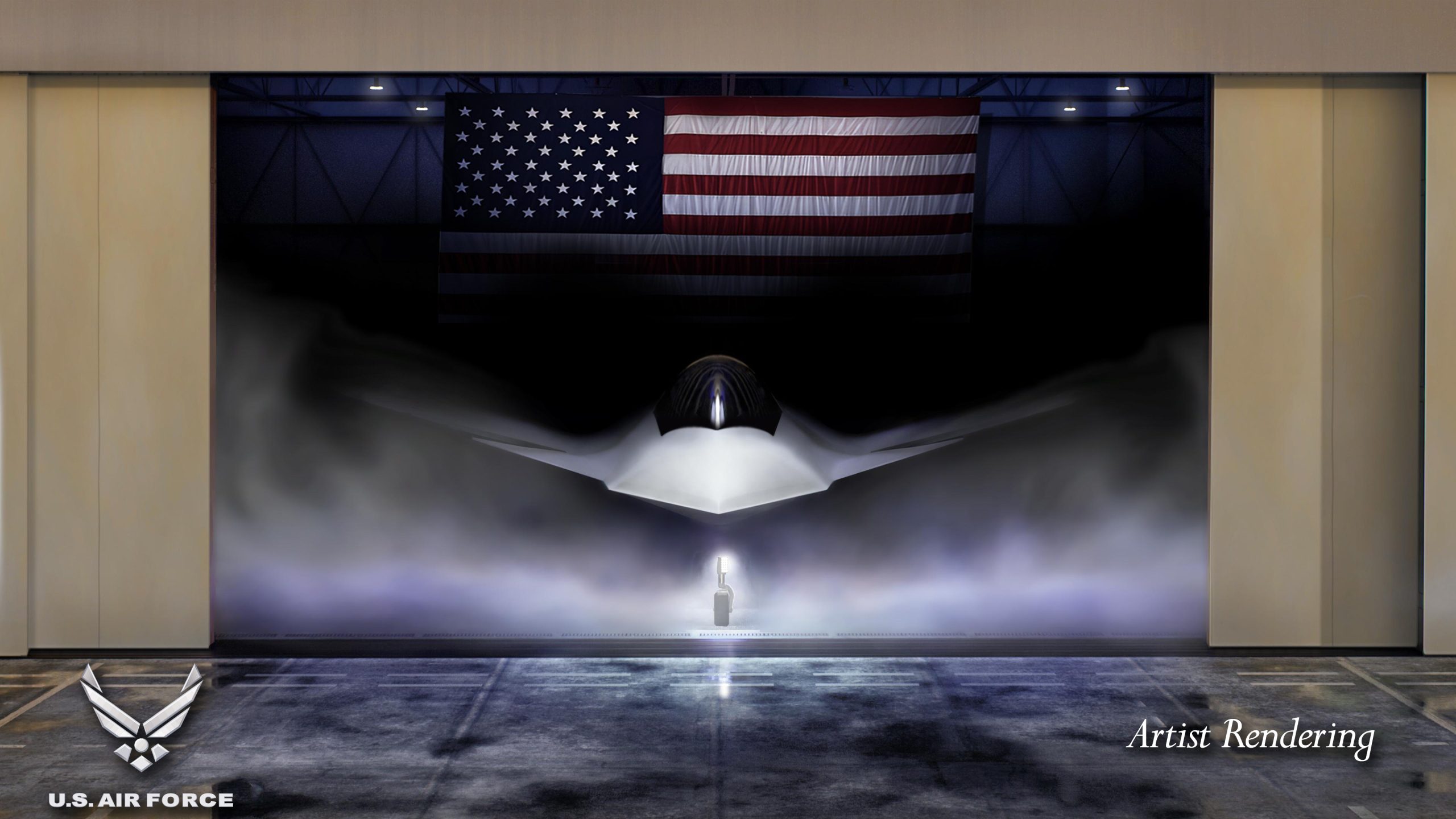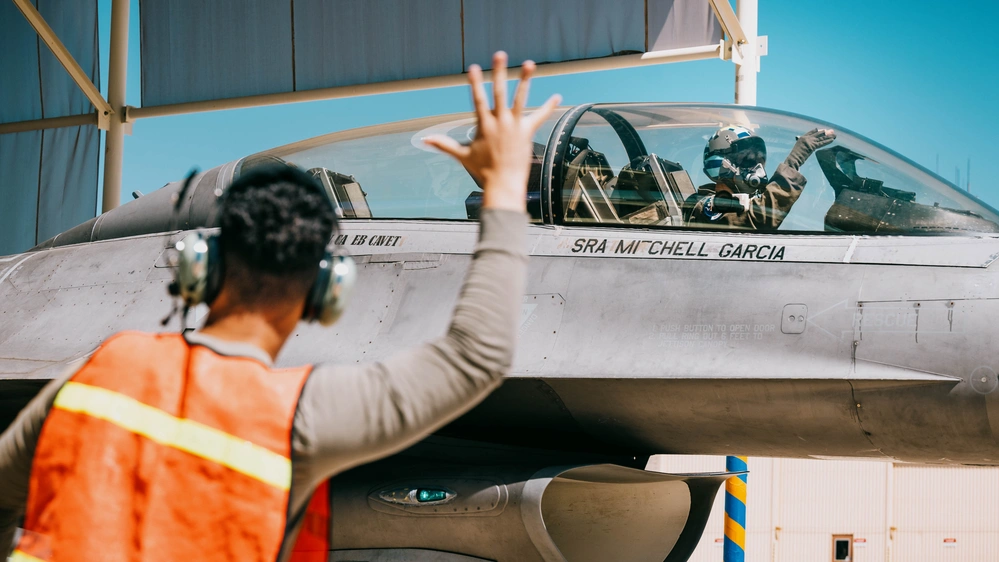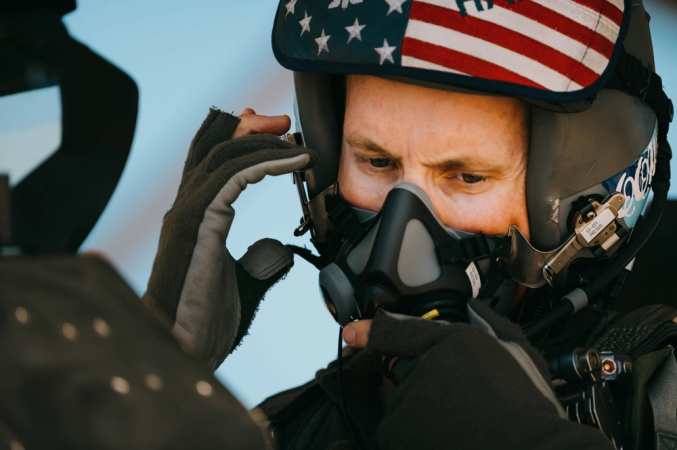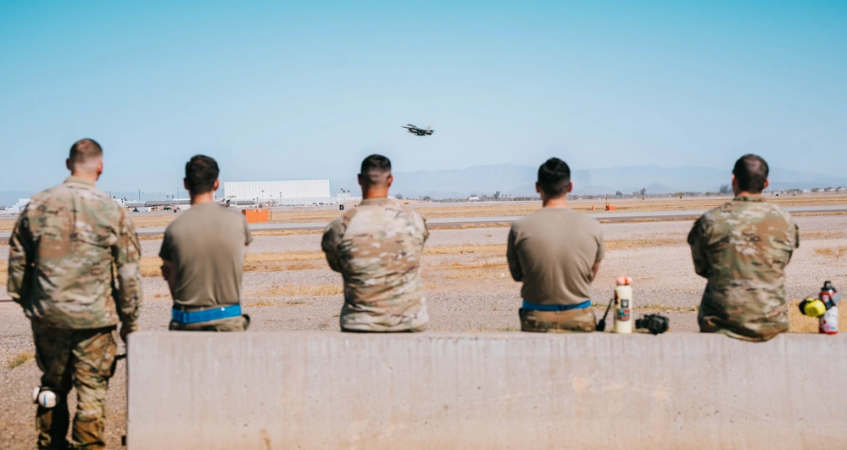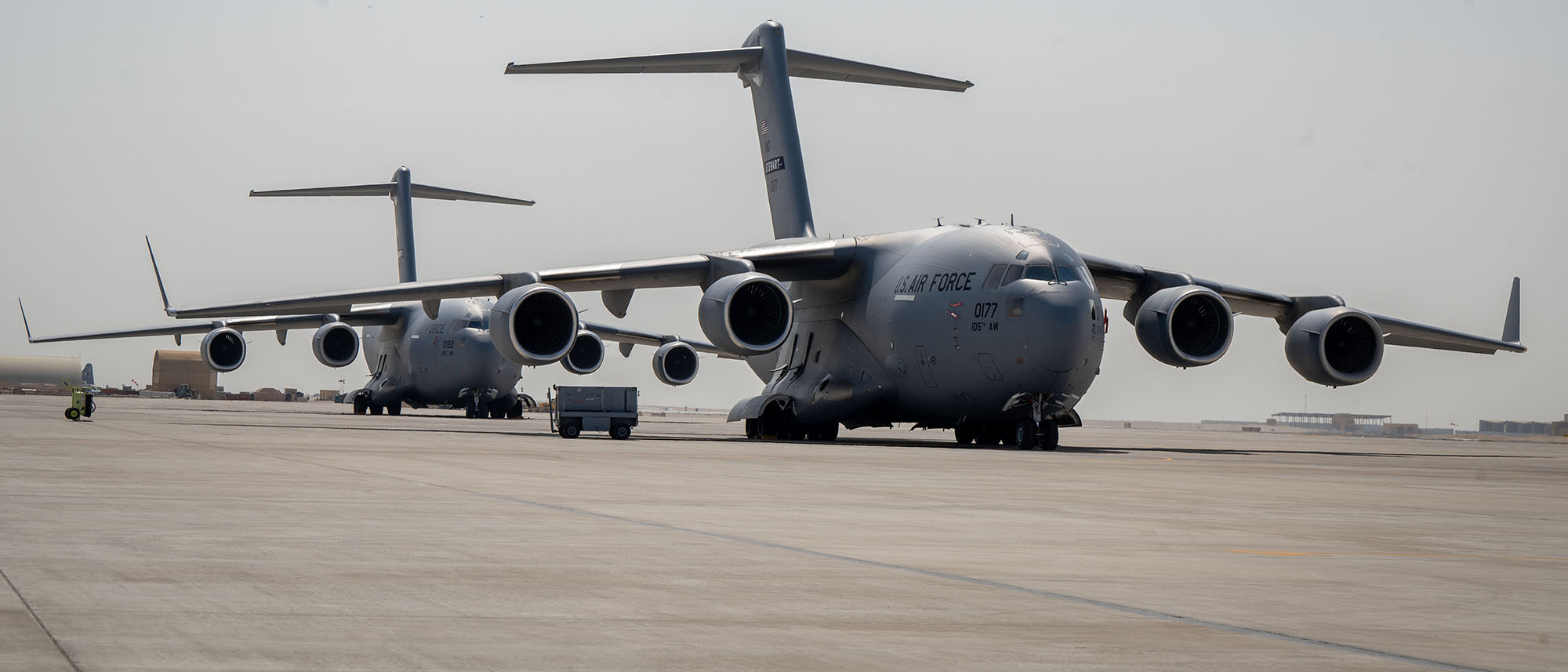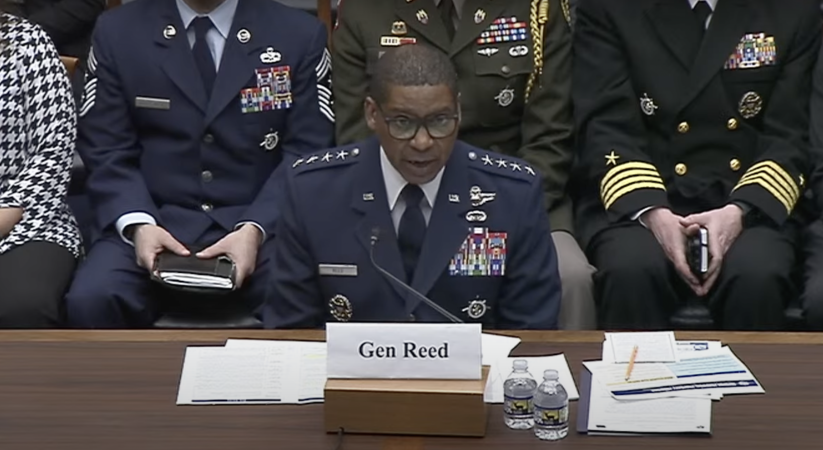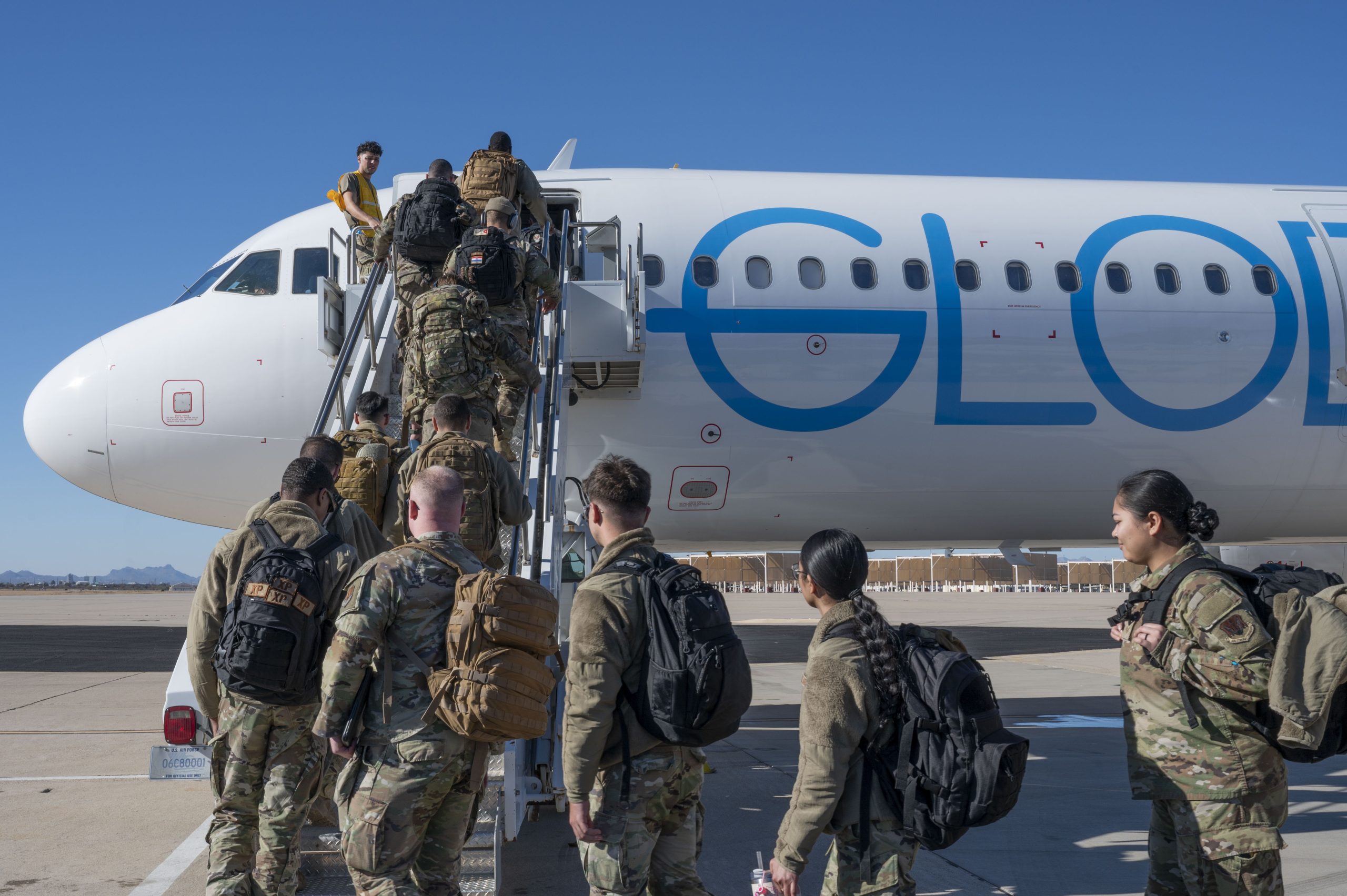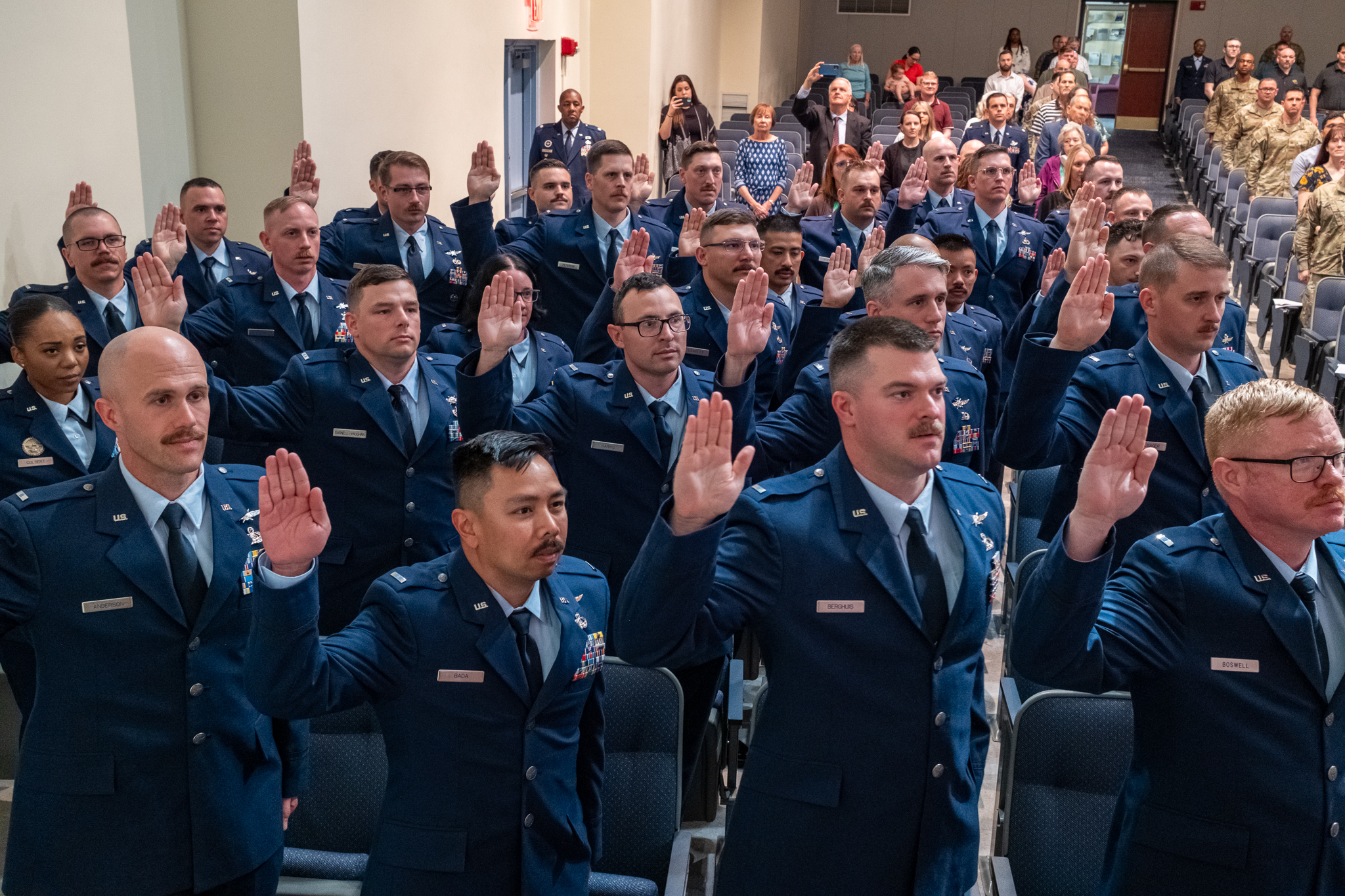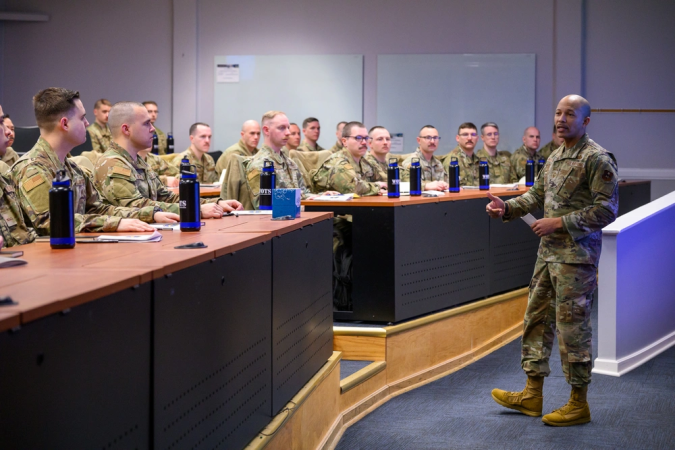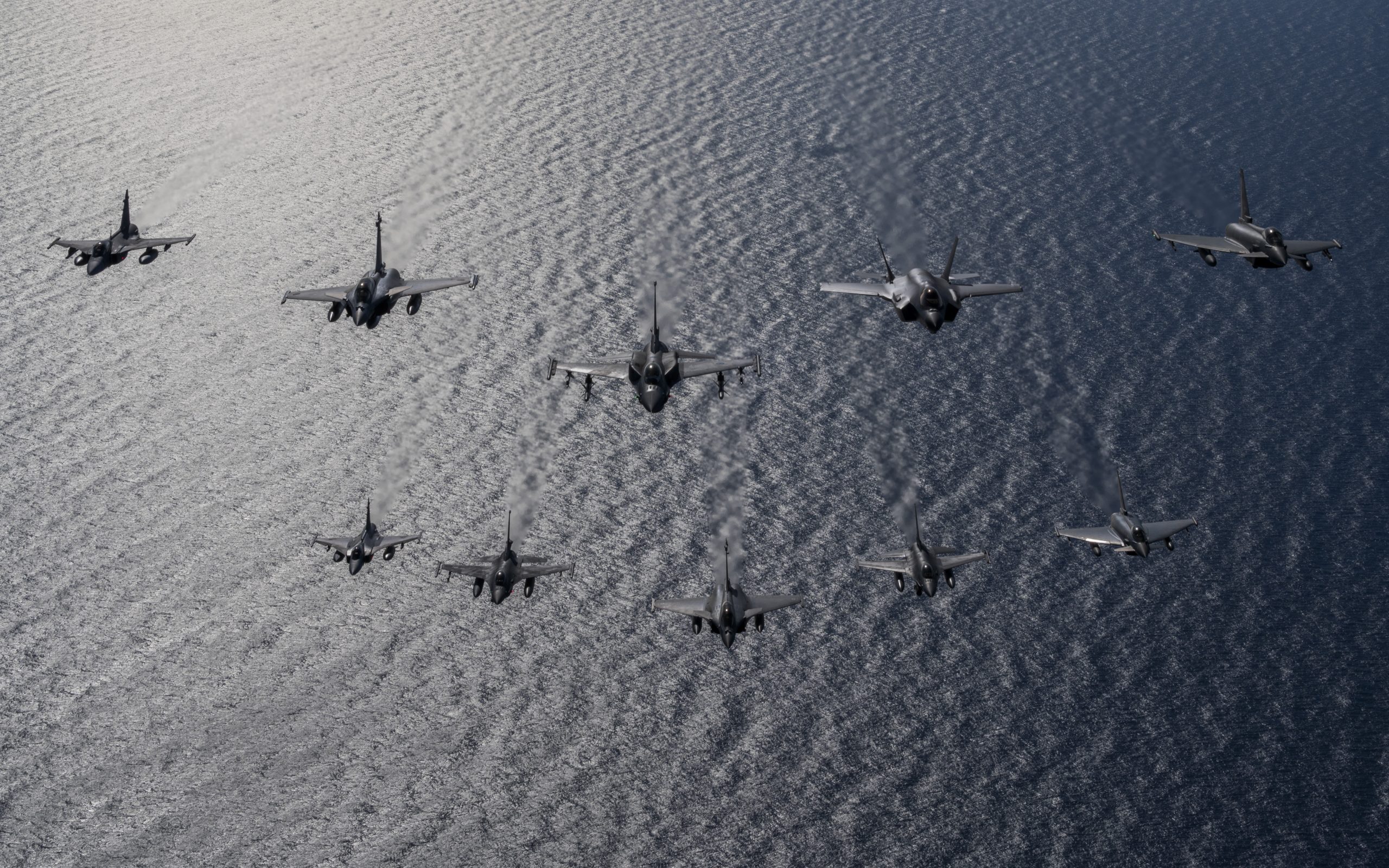B-2 Spirit bombers have landed on Diego Garcia, a tiny island in the Indian Ocean that serves as a strategic hub for operations everywhere from the Middle East to Africa to the Indo-Pacific, a spokesperson for Air Force Global Strike Command confirmed to Air & Space Forces Magazine.
Confirmation of the bombers’ arrival comes after days of speculation, fueled by aviation enthusiasts and open-source intelligence analysts tracking movements using FAA identifiers, radio transmissions, and flight tracking data.
It’s an unusual deployment for the B-2. While Diego Garcia hosts Air Force bombers on a fairly regular basis, B-2s haven’t spent significant time there since 2020. Last August marked the first time in four years that a B-2 even touched down there when a bomber made a quick “hot pit” stop with its engines running.
A spokesperson for AFGSC said multiple bombers are on the island but could not comment on why they are there. An official previously said that the command “routinely conducts global operations … to deter, detect and, if necessary, defeat strategic attacks against the United States and its allies.”
It is possible the B-2s are deploying as part of regularly scheduled Bomber Task Force rotation—Naval Support Facility Diego Garcia has supported BTFs before. They could also be set to join the U.S.’s recently expanded air campaign against the Houthis in Yemen. B-2s were used to bomb the Houthis last October, though they did not fly to Diego Garcia for that mission.
According to flight tracking data and open-source intelligence, C-17 cargo planes and KC-135 tankers are supporting the bombers.
Diego Garcia is a British Indian Ocean Territory and a vital location for U.S. defense operations across the Middle East, east Africa, and south Asia. While the U.K. retains sovereignty, Washington controls the island’s military base through a 1966 lease agreement.
On March 26, trackers noted KC-135s were refueling multiple B-2s in the air. A snippet of air traffic control audio surfaced March 25, featuring the call sign “ABBA 11 cleared to destination FJDG.” FJDG is the FAA identifier for Naval Support Facility Diego Garcia.
Additionally, an aviation tracker posted footage of a B-2 bomber landing at Hickam Air Force Base, Hawaii. A radio clip posted on social media confirms that the stealth bomber with the call sign PITCH 13 declared “the termination of the emergency” upon landing.
The AFGSC spokesperson told Air & Space Forces Magazine that one B-2 “landed safely” at the Hawaiian base, but declined to provide details regarding the cause of the emergency, or the bomber’s intended destination. The B-2 has since departed Hawaii, according to the individual who shared the video clip.
The aircraft movements come only days after the U.S. military told Air & Space Forces Magazine that it is expected to send additional aircraft to the Middle East. The Pentagon has conducted multiple waves of strikes targeting Iranian-backed Houthis in Yemen, after U.S. Air Force fighters helped fend off a drone attack by the Houthis in retaliation for an earlier round of U.S. strikes.
The Trump administration has intensified its campaign against the Iranian-backed Houthis, who have been waging war on shipping in the Gulf of Aden, Red Sea, and Bab El-Mandeb Strait for over a year, launching hundreds of attacks. The administration has indicated plans to continue using U.S. military force against the Houthis until they halt their assaults on commercial shipping and U.S. Navy vessels in the region.
